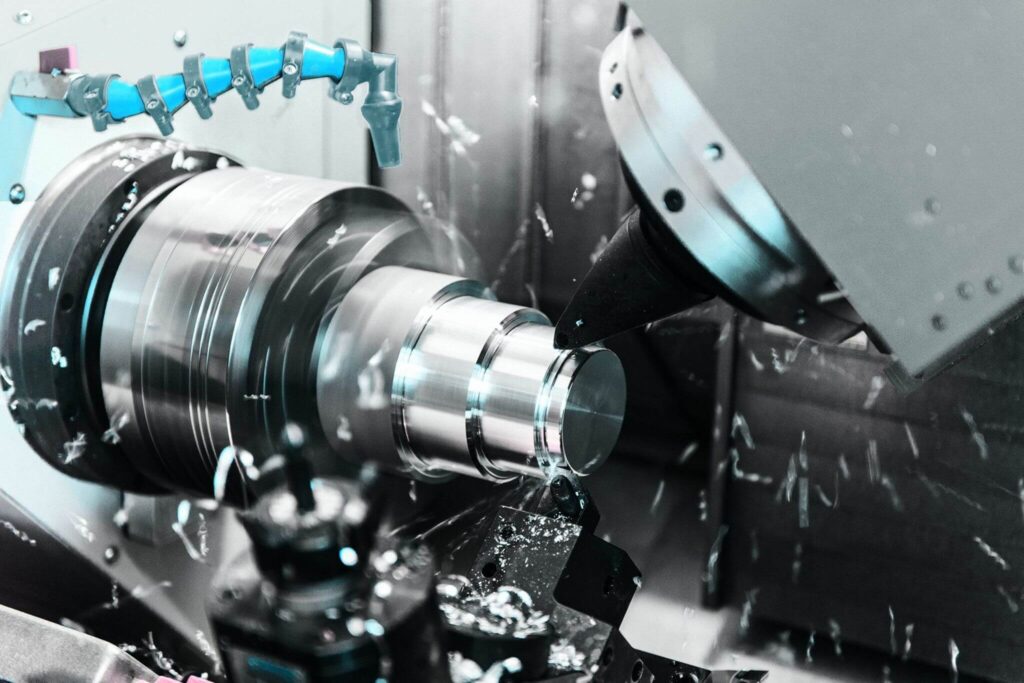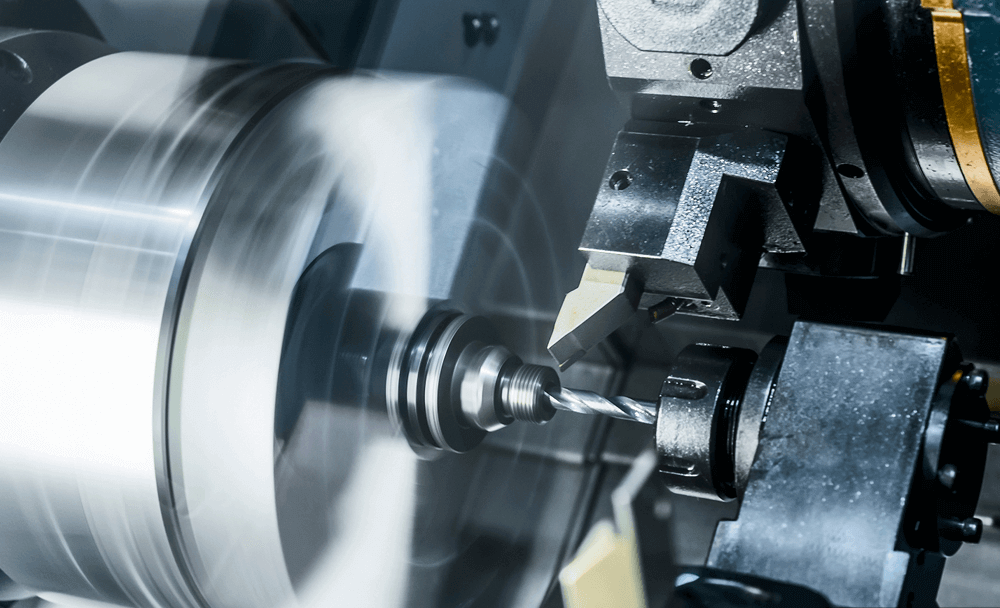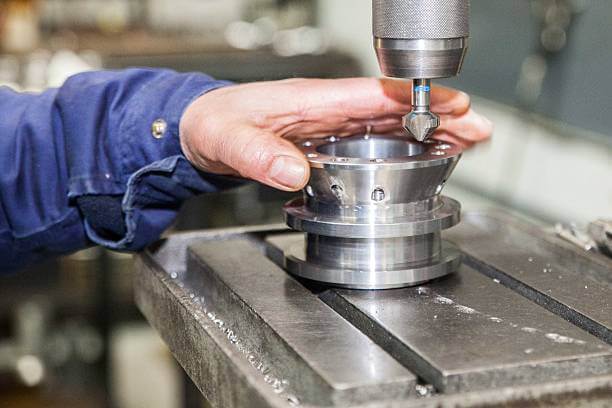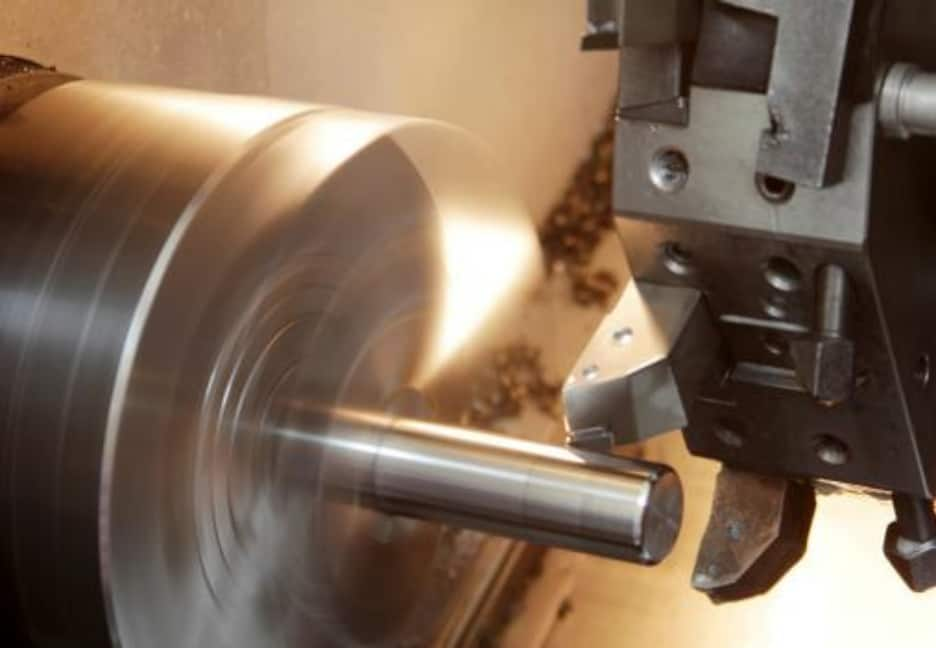CNC machining vs. manual machining: a comprehensive comparison
CNC machining and manual machining (also known as hand machining) are two different methods used in the manufacturing industry to create precision parts and components. Although both technologies serve the same purpose, they differ greatly in terms of process, efficiency, and accuracy.
In this article, we will dive into the basics of CNC machining and manual machining.
1.Basics of CNC machining and manual machining
1) CNC machining
CNC machining, or computer numerical control, is a modern method that uses computer software and automated machinery to control the manufacturing process.
It involves using computer-aided design (CAD) software to create a digital model of the desired part. This digital model is then converted into a set of instructions, called G-code, that instructs the CNC machine to cut and shape the material.
2) Manual machining
Manual machining is a traditional method that relies on the skills and expertise of a machinist.
It involves using manually operated tools, such as lathes, milling machines, and drills, to shape and cut materials. Unlike CNC machining, manual machining does not require any computer programming or automation.

2.Key Benefits of CNC Machining
1) High Precision and Accuracy
Since the entire process is controlled by computer software, the potential for human error is greatly reduced. And CNC machines can still consistently produce parts with tight tolerances, ensuring perfect fit and alignment.
In contrast, manual machining relies heavily on the skills and experience of the machinist, making it more prone to human error and quality variations.
2) Efficiency and Productivity
Once the G-code is written, the CNC machine can run continuously around the clock without constant supervision. This can reduce production time and increase output. On the other hand, manual machining requires the machinist to manually operate the tool, which can be time-consuming and laborious.
3) Flexibility and Versatility
It has greater flexibility and versatility in design and customization. With CAD software, designers can easily modify and adjust digital models, allowing for rapid iteration and adjustments. This makes the process ideal for prototyping and small-scale production.
On the other hand, manual machining is limited by the skills and capabilities of the machinist, making it less suitable for complex designs and intricate details.

3.Advantages of Manual Machining
Despite the numerous advantages of CNC machining, manual machining still has its place in certain applications. Manual machining allows for greater control and precision in certain operations, such as hand finishing and fine work. It also provides a more hands-on approach, allowing machinists to gain a deeper understanding of the materials and processes involved.

In summary, CNC machining and manual machining are two different methods used in the manufacturing industry. While CNC machining offers greater precision, efficiency, and flexibility, manual machining still has its advantages in certain applications. Ultimately, the choice between the two methods depends on the specific requirements of the project and the desired results.
